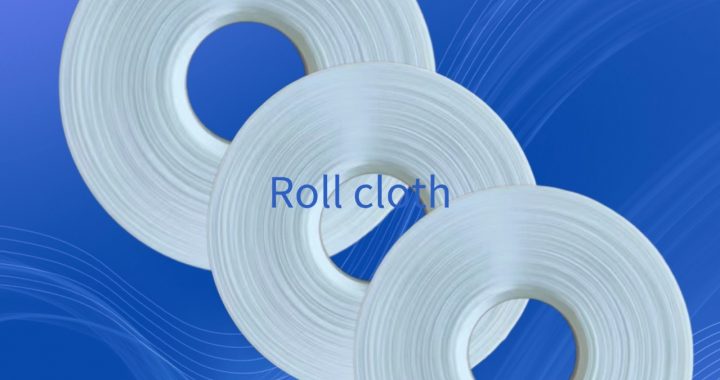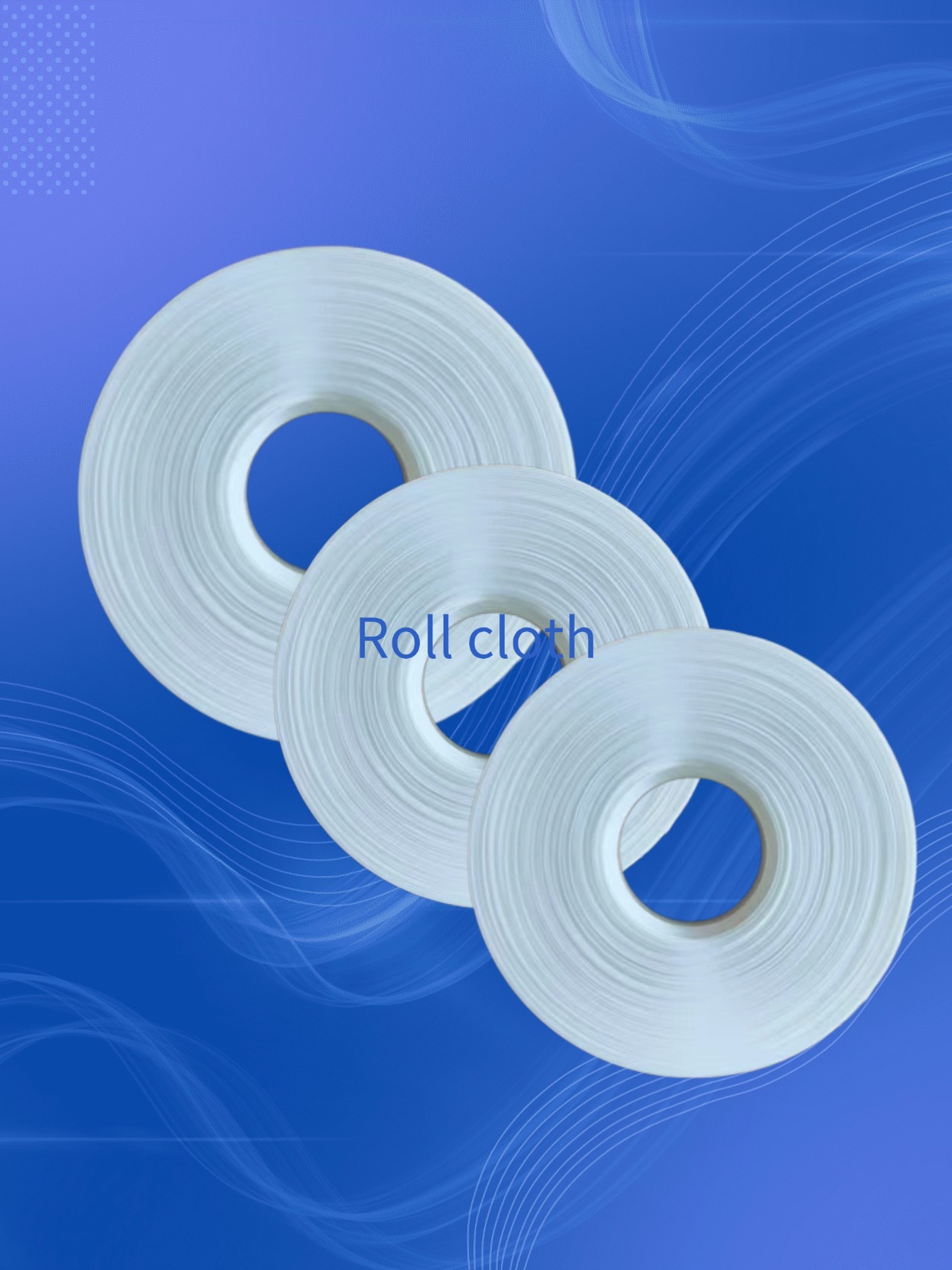IPA (isopropyl alcohol) wipes are widely used for degreasing and cleaning electronics, optics, and laboratory surfaces. Optimizing their use enhances contaminant removal while protecting sensitive surfaces.
Key Features:
-
High Purity IPA: Use ≥99% isopropyl alcohol or correct IPA/deionized water ratio for effective cleaning.
-
Lint-Free and Non-Abrasive Wipes: Prevent fiber shedding and surface scratches on delicate equipment.
-
Optimal Saturation: Ensure wipes are evenly pre-wetted—not too dry or overly saturated—for consistent cleaning.
-
Rapid Evaporation: Allows residue-free cleaning while minimizing downtime and chemical exposure.
Optimization Tips:
-
Correct Wipe Technique: Use unidirectional or circular strokes depending on surface type to avoid redistributing contaminants.
-
Surface Pre-Cleaning: Remove large particles before IPA wiping to prevent scratches.
-
Proper Storage: Keep pre-wetted wipes sealed to maintain IPA effectiveness.
-
Temperature Control: Use at ambient temperature for consistent evaporation and cleaning performance.
Applications:
-
Electronics Manufacturing: Cleans PCBs, semiconductors, and connectors.
-
Optical Instruments: Maintains clarity of lenses, sensors, and microscopes.
-
Laboratory Surfaces: Removes oils and residues from benches and glassware.
-
Cleanroom Maintenance: Supports Class 100–1000 environments with residue-free cleaning.
Benefits:
-
Enhanced Degreasing Efficiency: Removes oils, flux, and residues effectively.
-
Protects Sensitive Surfaces: Lint-free, non-abrasive action prevents damage.
-
Improved Workflow: Optimized wipes reduce cleaning time and material usage.




